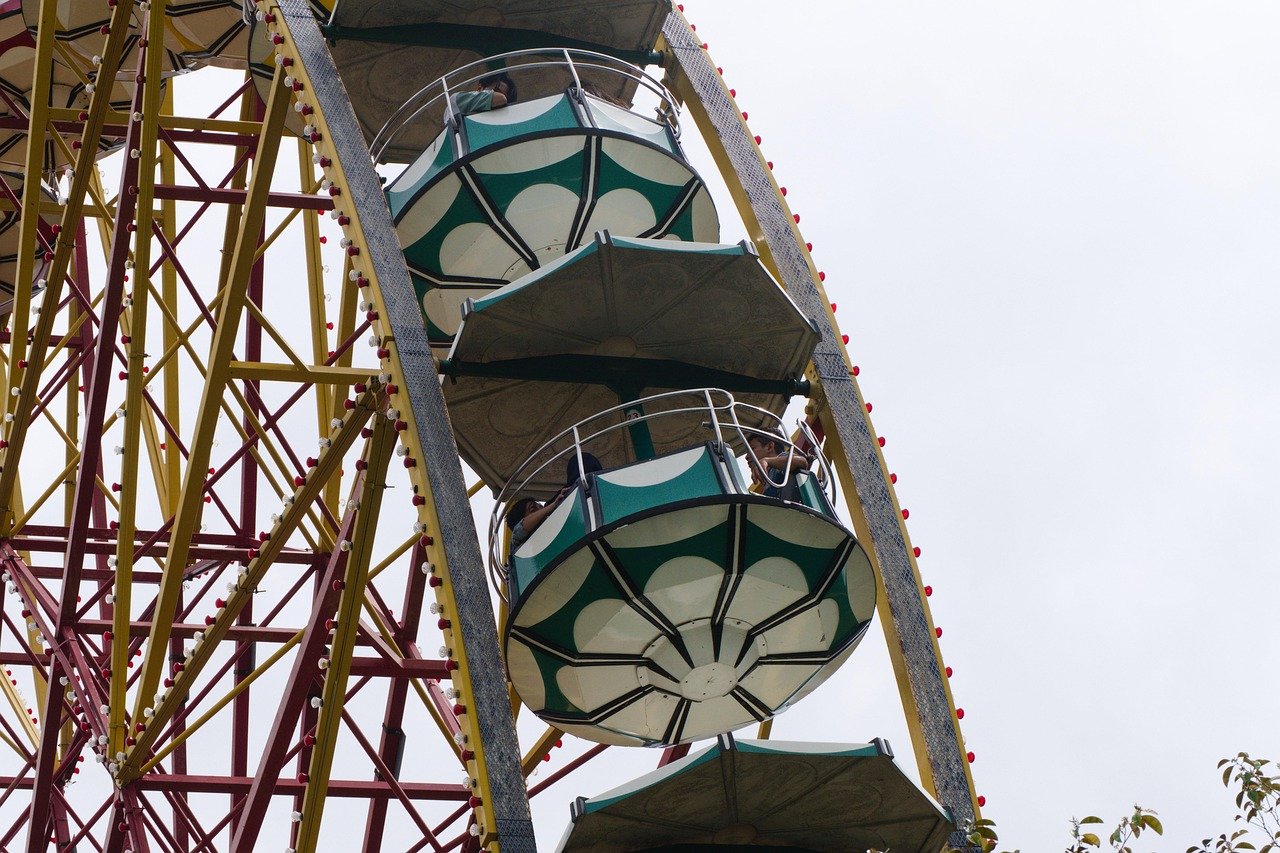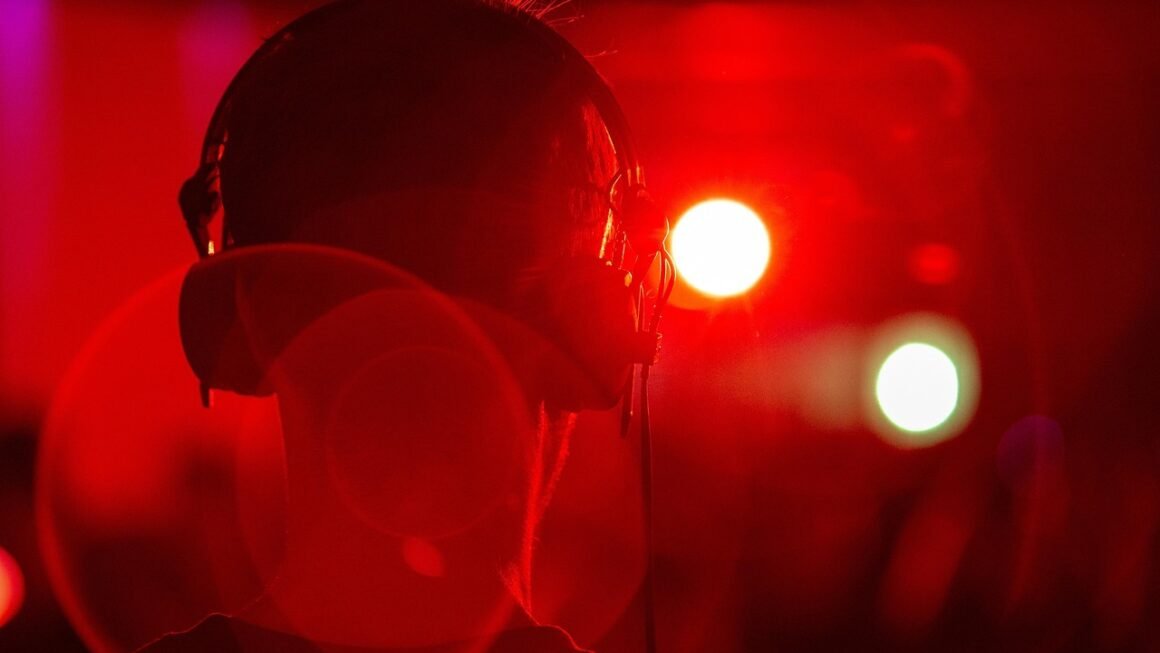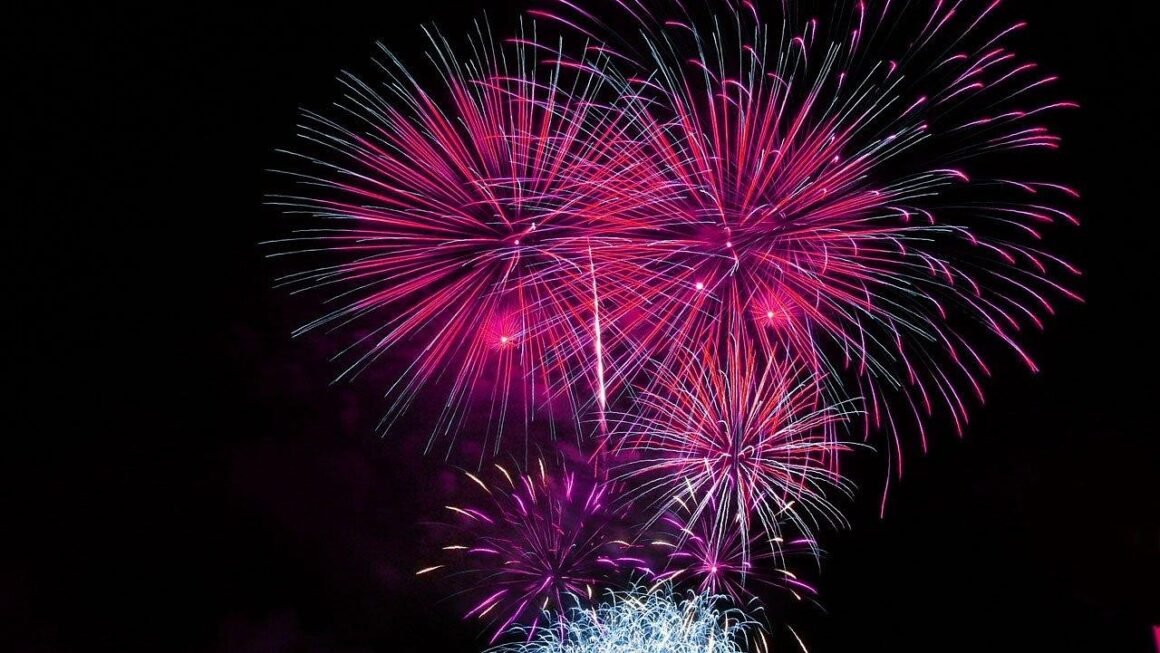Capturing the essence of a story, framing emotions, and guiding the audience’s eye – that’s the magic of cinematography. It’s more than just pointing a camera; it’s a deliberate art form that blends technical expertise with creative vision to bring narratives to life on screen. This comprehensive guide delves into the key aspects of cinematography, providing insights into its techniques, equipment, and the collaborative process involved.
What is Cinematography?
Defining Cinematography
Cinematography, often called “DP-ing” (Director of Photography), is the art and technique of visual storytelling in film and television. It encompasses all aspects of visual elements in a movie, including camera choice, lens selection, lighting, composition, camera movement, and color grading. The cinematographer works closely with the director to translate the script’s vision into a visually compelling experience.
The Cinematographer’s Role
The cinematographer is responsible for the overall visual look of a film. This includes:
- Technical Decisions: Choosing the appropriate cameras, lenses, and film stock (or digital sensor) for the project.
- Lighting Design: Determining the placement, intensity, and color of lights to create the desired mood and atmosphere.
- Composition and Framing: Arranging elements within the frame to guide the viewer’s eye and create visual interest.
- Camera Movement: Utilizing different camera movements (e.g., panning, tilting, tracking, booming) to enhance the storytelling.
- Collaboration: Working closely with the director, production designer, and other crew members to ensure a cohesive visual style.
Key Skills of a Cinematographer
A successful cinematographer possesses a diverse skill set:
- Technical Proficiency: A deep understanding of camera equipment, lighting techniques, and post-production workflows.
- Artistic Vision: A strong sense of aesthetics, composition, and visual storytelling.
- Communication Skills: The ability to effectively communicate ideas and collaborate with a team.
- Problem-Solving Abilities: The capacity to overcome technical challenges and adapt to changing conditions on set.
Essential Cinematography Techniques
Lighting
Lighting is arguably the most crucial element of cinematography. It shapes the mood, reveals texture, and guides the audience’s attention.
- Three-Point Lighting: A classic lighting setup that uses a key light (main source), fill light (to soften shadows), and backlight (to separate the subject from the background).
- High-Key Lighting: Characterized by bright, even illumination with minimal shadows, often used in comedies or lighthearted dramas.
- Low-Key Lighting: Emphasizes shadows and contrast, creating a dramatic or mysterious atmosphere, often used in film noir or horror films.
- Practical Lighting: Using light sources that are visible in the scene (e.g., lamps, candles, neon signs) to create a natural and believable look.
- Example: Consider the use of low-key lighting in “The Godfather” (1972). The deep shadows create a sense of menace and secrecy, reflecting the dark world of the Corleone family.
Composition and Framing
Composition refers to the arrangement of elements within the frame. Effective composition guides the viewer’s eye, creates visual interest, and enhances the storytelling.
- Rule of Thirds: Dividing the frame into nine equal parts and placing key elements along the lines or at their intersections.
- Leading Lines: Using lines within the frame to draw the viewer’s eye towards a specific point.
- Symmetry and Balance: Creating a sense of harmony and order by balancing elements within the frame.
- Headroom, Noseroom, and Leadroom: Leaving appropriate space above the subject’s head (headroom), in front of their face (noseroom), and in the direction they are looking or moving (leadroom).
- Example: The opening scene of “Citizen Kane” (1941) utilizes deep focus and complex compositions to create a sense of mystery and intrigue.
Camera Movement
Camera movement can add dynamism, create a sense of scale, and reveal information to the audience.
- Pan: Horizontal movement of the camera on a fixed axis.
- Tilt: Vertical movement of the camera on a fixed axis.
- Tracking Shot (Dolly Shot): Moving the entire camera along a track to follow a subject or reveal a scene.
- Zoom: Changing the focal length of the lens to magnify or de-magnify the image.
- Crane Shot: Using a crane to move the camera vertically through space, often creating a sense of grandeur.
- Steadicam: A camera stabilization system that allows for smooth handheld camera movement.
- Example: The opening tracking shot of “Touch of Evil” (1958) is a masterclass in suspenseful camera movement, building tension as the audience anticipates the inevitable explosion.
Cinematography Equipment
Cameras
The choice of camera depends on the budget, style, and technical requirements of the project.
- Film Cameras: While less common today, film cameras still offer a unique look and feel. Formats range from Super 8 to 70mm.
- Digital Cinema Cameras: The industry standard for most productions. Popular brands include Arri, RED, and Sony. These offer high resolution and dynamic range.
Arri Alexa: Known for its excellent image quality and user-friendly interface.
RED Cameras: Offer high resolution and flexibility in post-production.
Sony Venice: Renowned for its dual base ISO and impressive low-light performance.
Lenses
Lenses play a crucial role in determining the image’s field of view, depth of field, and overall look.
- Prime Lenses: Fixed focal length lenses that typically offer higher image quality and wider apertures than zoom lenses.
- Zoom Lenses: Variable focal length lenses that provide greater flexibility in framing shots.
- Wide-Angle Lenses: Capture a broad field of view, often used to create a sense of scale or distortion.
- Telephoto Lenses: Magnify distant subjects, often used to create a sense of compression.
Lighting Equipment
A wide range of lighting equipment is available to create different effects.
- LED Lights: Energy-efficient and versatile, offering a wide range of color temperatures and intensities.
- HMI Lights: Powerful lights that mimic daylight, often used for outdoor scenes.
- Tungsten Lights: Traditional incandescent lights that produce a warm, yellowish light.
- Gels: Colored filters that can be placed over lights to change their color.
- Reflectors and Diffusers: Used to bounce and soften light.
Collaboration and Pre-Production
Working with the Director
The cinematographer and director must have a strong working relationship based on trust and communication. They collaborate closely to:
- Develop the Visual Style: Discuss the overall look and feel of the film, including color palette, lighting style, and camera movement.
- Storyboard Key Scenes: Visualize the shots and camera angles for crucial moments in the story.
- Plan Shot Lists: Create a detailed list of all the shots needed for each scene.
- Scout Locations: Visit potential filming locations to assess lighting, composition, and logistical challenges.
Pre-Production Planning
Thorough pre-production planning is essential for a successful shoot. This includes:
- Creating a Lighting Plan: Designing the lighting setup for each scene, including the placement of lights and the use of gels and modifiers.
- Camera and Lens Selection: Choosing the appropriate camera and lenses based on the project’s requirements.
- Scheduling: Creating a realistic shooting schedule that takes into account the time required for lighting setups and camera movements.
- Budgeting: Allocating resources for equipment rentals, crew salaries, and other expenses.
Conclusion
Cinematography is a multifaceted art form that requires technical expertise, artistic vision, and strong communication skills. By understanding the principles of lighting, composition, camera movement, and collaboration, aspiring filmmakers can master the art of visual storytelling and create compelling cinematic experiences. Whether you’re an aspiring cinematographer or simply an avid movie lover, appreciating the artistry and craft behind the camera enhances your viewing experience and deepens your understanding of the power of film.



